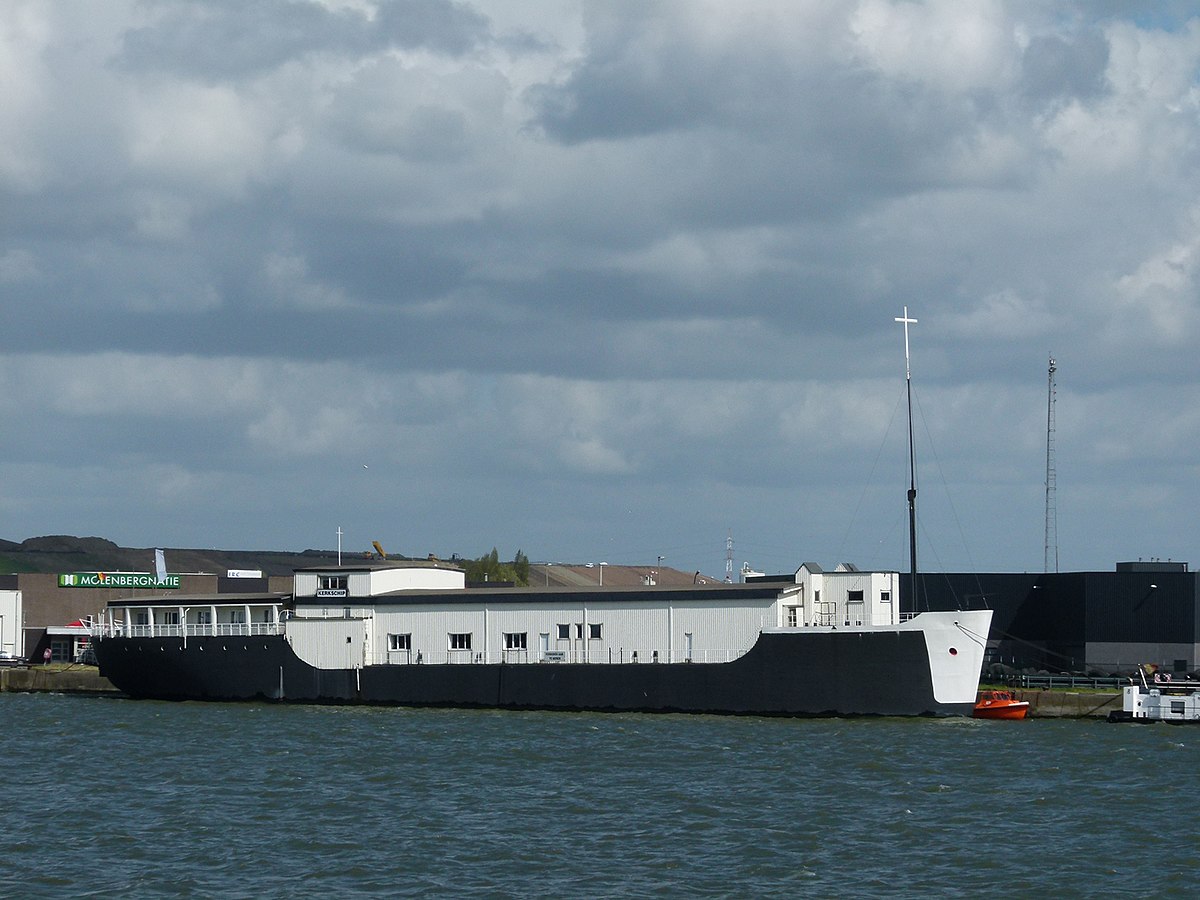- Joined
- Jun 17, 2021
- Messages
- 3,175
- Points
- 588

Once again, a few well considered questions has unlocked a treasure trove of specific knowledge and personal experience. I love this forum 


Pete


Pete
 |
As a way to introduce our brass coins to the community, we will raffle off a free coin during the month of August. Follow link ABOVE for instructions for entering. |
 |



Thanks for the offer, Maarten. I’ll keep it in mind if my idea does not work. You will see the result or I let you know to send a part.Hi Peter,
I still have a lot of very fine foam, see below in the background of my fluyt. This is foam used for cnc milled tool case interiors.
If you want to test it I can put some of the in the mail, you can fill up the complete hold with it
View attachment 453192
Thanks for the post and the wiki-link. When you open the Dutch version, you will found by the examples this:The stone Jack Jager mentioned my be part of the answer?? event excessive weight, floating stone will be placed in the cargo holds between the cement.
Maybe the cement was floated on a bed of pumice which flexed?
There were ships actually made of concrete...see link. No flex and if they failed, it was catastrophic and immediate!! https://en.wikipedia.org/wiki/Concrete_ship



Nice solution. Much better this way.
This looks loads bette than the earlier "concrete", at least it looks more like concrete.
Thanks guys. The outcome is indeed better. I'm not completely satisfied yet. I miss the ends of the plates of the wrangles between the keel and keelson, which I now have accentuated a little bit in the cement. But we will see what is possible.Yes sir, I believe you have captured the look of concrete.

Hello. And why not use natural cement without additives of high strength? Then you don't need to choose a color.Thanks guys. The outcome is indeed better. I'm not completely satisfied yet. I miss the ends of the plates of the wrangles between the keel and keelson, which I now have accentuated a little bit in the cement. But we will see what is possible.
Regards, Peter

Agreed. But... Macro pics are killers, so potentially looking better in real life.The outcome is indeed better. I'm not completely satisfied yet.
Thanks for thinking with me, Anatoly. But I didn't have that at home. And the shopkeeper wouldn't open a package and sell me the amount of a teaspoon.Hello. And why not use natural cement without additives of high strength? Then you don't need to choose a color.
That's for sure, Johan. And shaving light also accentuates that.Agreed. But... Macro pics are killers, so potentially looking better in real life.



Thanks for thinking with me, Anatoly. But I didn't have that at home. And the shopkeeper wouldn't open a package and sell me the amount of a teaspoon.
Seriously: I used the wood filler last week and thought it was a nice alternative.
Regards, Peter
Thats the problem, it’s not cut but build in halves…..Your model is representing a cut - means also the surface of the concrete should look like a cut through the concrete













Thanks, Uwe. I do have the wooden shoes, but no coal ……Very good, that you have mentioned the hammer - I have no wooden shoes by hand .....
The coal is looking very realistic






